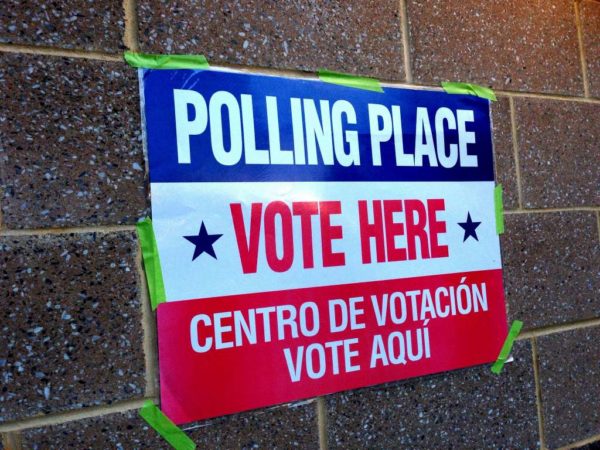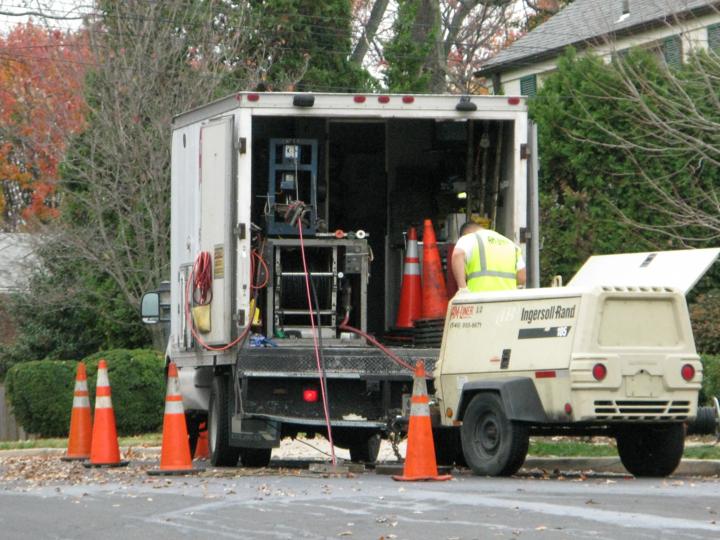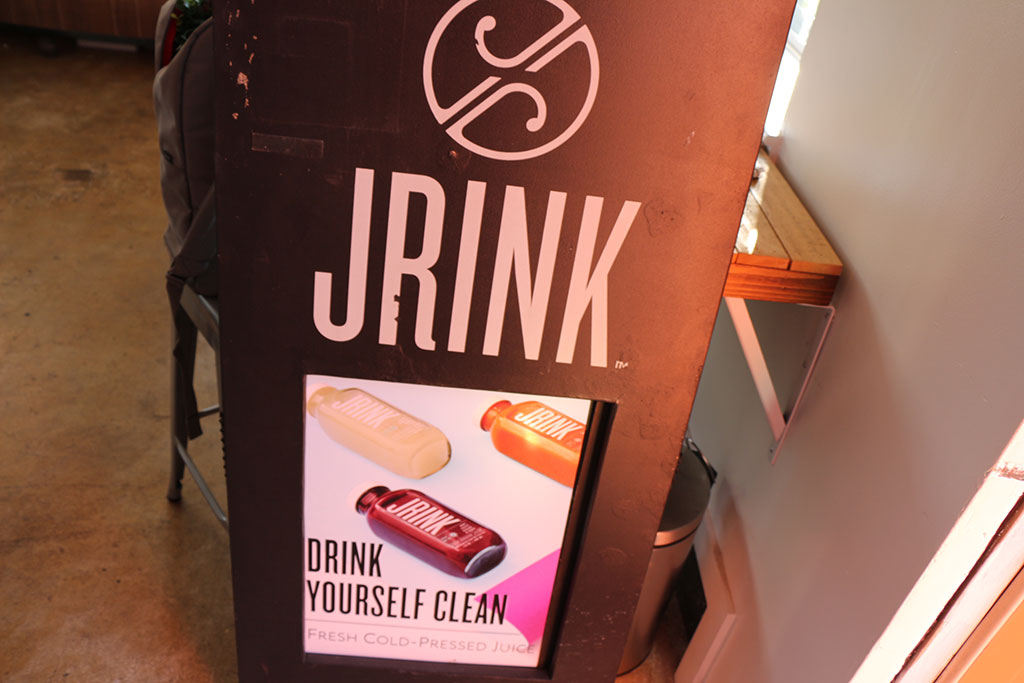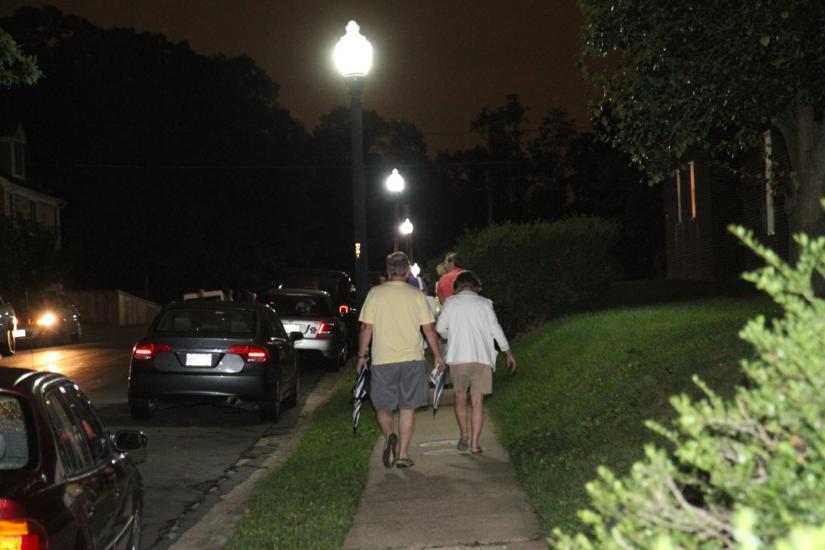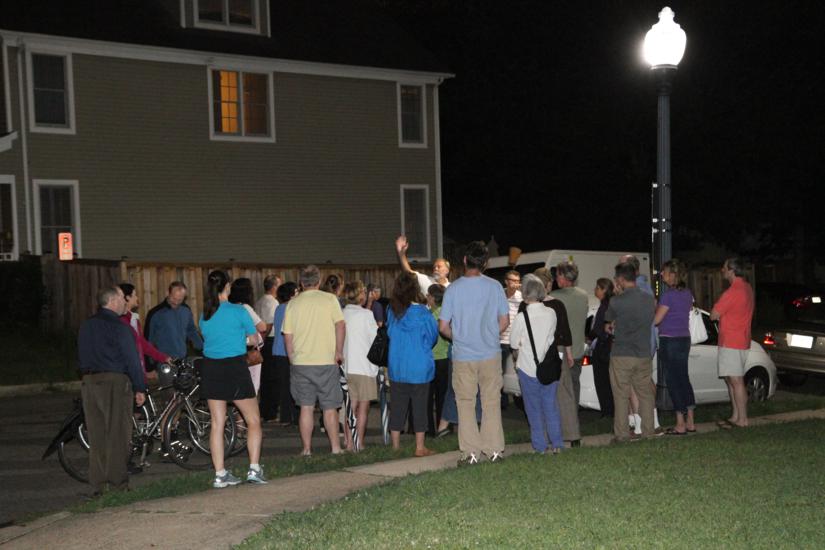 Arlington County is stepping up its suicide prevention efforts in 2017, including launching a pilot program aimed specifically at youth.
Arlington County is stepping up its suicide prevention efforts in 2017, including launching a pilot program aimed specifically at youth.
The county’s Dept. of Human Services is enhancing its suicide prevention strategies based on the Zero Suicide initiative. The overall goal is to reduce the number of suicides in the county — there were 41 reported between 2013 an 2015 — to zero and improve care and outcomes for those seeking help.
Over the summer some county staff attended a seminar to learn more about implementing the Zero Suicide methods. They’ve applied the strategies and have been teaching other employees about them so everyone is on the same page in the new year.
After an assessment earlier this year, staff discovered inconsistencies in the suicide prevention knowledge and responses among the different divisions within DHS, says Sharon Lawrence, Children’s Behavioral Healthcare bureau chief.
“We wanted to establish a universal approach to make sure that we’re addressing suicide,” Lawrence says.
Part of the revamped approach is to step up training and to ensure all relevant DHS staff members are comfortable handling suicide-related discussions and situations.
In addition, the Children’s Behavioral Healthcare division is spearheading one of the major Zero Suicide-related programs in the new year: a pilot to assess the treatment model and address youth “suicidality,” both in identifying those at risk and in ongoing treatment of those individuals. As part of the pilot the division is implementing the Columbia-Suicide Severity Rating Scale, which includes plain-language questions that make it easier for staff to identify young people who are at risk of self-harm and to have more productive follow-up visits.
One reason the department chose to focus on youth for the pilot is that suicide is one of the top three leading causes of death for Americans between the ages of 10 and 24, according to the Centers for Disease Control. Plus, local survey results released in 2014 indicated that 25 percent of Arlington 8th, 10th, and 12th grade students reported feeling sad or hopeless for two or more weeks at a time.
“In the past year-and-a-half we have trained over 300 people in Arlington, including in the schools, to be able to identify when a young person is at risk of harm and may be in distress,” Lawrence says.
Overall, the new methods are “basically a commitment to provide better suicide prevention strategies and tools to DHS staff,” Lawrence says. “Suicide deaths are preventable, that’s the basis of Zero Suicide. The only way to prevent it is by implementing strategies that speak to leadership in terms of the culture you’re setting for staff and the community, [and by] providing training.”
The Department of Human Services’ increased push for suicide prevention also involves asking residents to give feedback via a short online survey about existing services, suicide prevention training and any unaddressed needs.
Lawrence says everyone should speak up if they encounter a person at risk of self-harm, whether it’s a young person or an adult. She suggests thinking of it like the U.S. Department of Homeland Security’s “If You See Something, Say Something” campaign.
“People say ‘I don’t know what to say.’ It’s best to say something so you don’t ever feel like you missed an opportunity [to help],” says Lawrence.
She explains that it’s okay not to directly address a person at risk of self-harm. It’s sometimes better to first talk to someone with knowledge of handling such situations, like a counselor or teacher. But Lawrence reiterates the importance of not staying silent.
“There’s always help. There is help in Arlington County,” she says.
If you or someone you know is in immediate danger of self-harm, call 911 or the Department of Human Services’ emergency services line at 703-228-5160. CrisisLink also has a 24-hour crisis hotline at 703-527-4077 or 800-SUICIDE, or text 703-940-0888.












